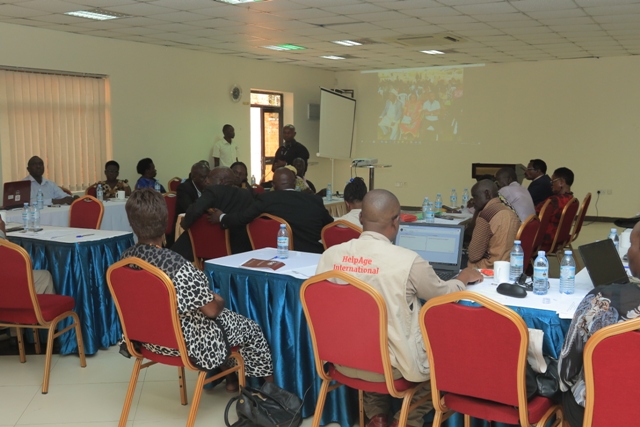Globally, old age is associated with reduced income-earning capacity and therefore increased vulnerability to poverty. However, in Uganda old age vulnerability is exacerbated by a range of other factors including: the overwhelming concentration of older people in rural areas; very limited access to pensions; widespread chronic ill health and disability as a result of a life-time of poor health care, multiple pregnancies and poor working conditions; and continuing care responsibilities – particularly for grandchildren who have lost their parents to HIV/AIDS and other diseases. Indeed, 2.1 million (13.7%) of the children who would normally have been raised by their parents are cared for by an older person. Discriminatory practices relating to inheritance rights exacerbate the vulnerability of older women in particular.
Although Uganda has a rich tradition of supporting older persons, due to rapid modernisation, many older persons cannot be sure of receiving the level of support they once expected from their children and relatives. When these factors combine, many older persons experience poverty, social exclusion, discrimination and a life of indignity and destitution without any income security. Older persons are unable to afford basic needs and find difficulties in investing in proper nutrition, education and health of their children, with negative long-term consequences for the children’s human capital development and productivity in their adulthood
An analysis of the UNHS 2009/10 conducted by the MGLSD/Expanding Social Protection Programme estimates that 29% of households having an older person are poor. An even larger percentage of the older
persons remain highly vulnerable to poverty; 74% are insecure non-poor compared with a national average of 67.5%. 4.5% and 3.2% of the Ugandan population are aged 60 years and 65 years or over respectively. However, despite the relatively small numbers of older people, around 22% of households in Uganda contain someone aged 60 years and above and 14% contain someone aged 65 years and above.




